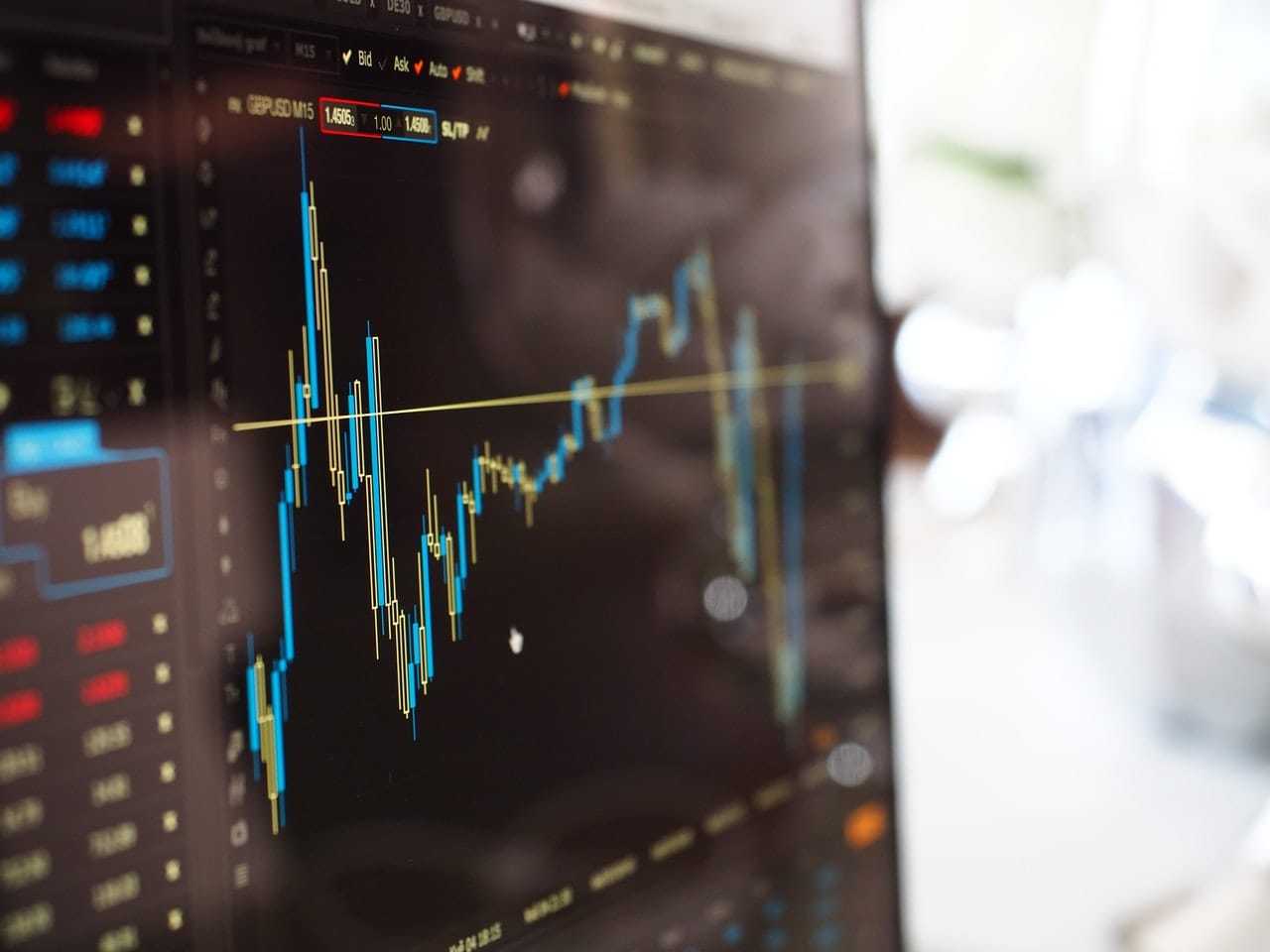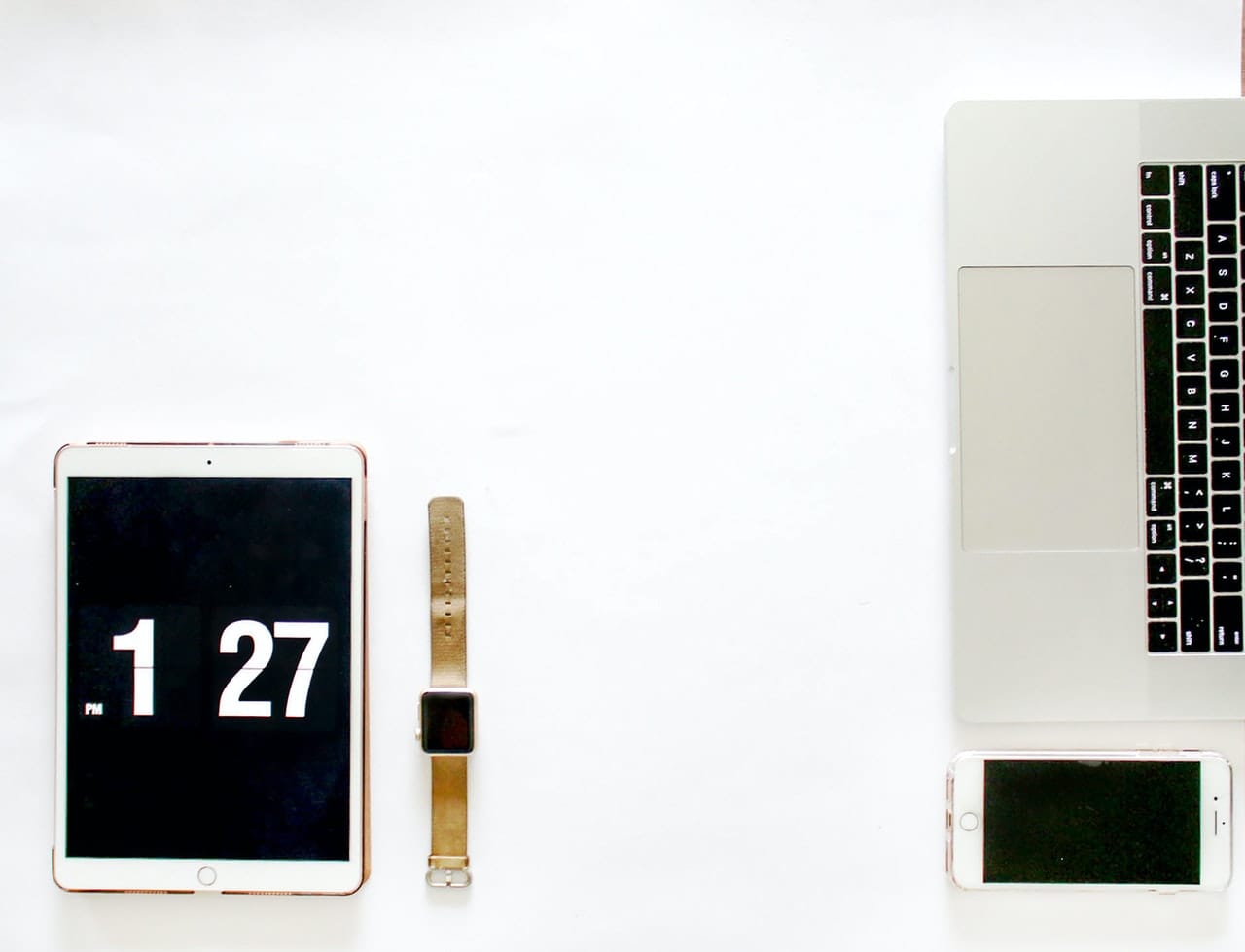Once in a celestial spell (about 18 months), a solar eclipse appears somewhere on the planet Earth. For North America, the last time that a solar eclipse occurred was on (according to NASA) February 26, 1979. So what is so special about solar eclipses? What causes it? Where can you see the next one? I hope to answer some of these questions for you in this article.
- What is so special about a Solar Eclipse?
As one can imagine if ancient man worshipped the Sun and celestial events, then the solar eclipse would certainly be an influential event in the culture that experienced the blackening of the Sun. It can certainly be an awesome and inspiring event for us today, but in more primitive cultures it could be an ominous or even frightening phenomenon. In the past, they did not have quick or easy channels of communication, so when one occurred over China, then Europe would most likely not have heard about it. Therefore, when an eclipse took place in Europe it seemed a much more rare manifestation that the people might interpret as a divine or supernatural sign.
For astronomers, the viewing of the Sun’s Corona (atmosphere) is best seen during a Solar Eclipse. Spectroscope readings were made of the solar eclipse on August 18, 1868, which aided in the understanding of the chemical composition of the Sun and the discovery of helium.
- What causes the eclipse?
A total solar eclipse is when the moon completely covers the sun in the sky. It occurs because of the unique cosmic geometry that deals with the size difference and distance of the Earth, Sun, and Moon. If certain factors were different such as the size of the Moon or Sun, then we would not see one as we do. (Thus, the philosophical debate of coincidence or fine tuned design) Here is a video that explains in more detail-
[embed]https://youtu.be/PRgua7xceDA\[/embed\]
- Where can you see the next one?
On August 21, 2017, a total solar eclipse will occur between 10:19 A.M.- 2:44 P.M. (full totality) depending on where you are. It will begin in Madras, Oregon and end in Columbia, South Carolina. The total eclipse will additionally travel through Idaho, Grand Teton National Park, Wyoming, Nebraska, Missouri, Illinois, Kentucky, Tennessee, and Georgia. It will appear as a partial eclipse in other areas but not nearly as dramatic. You will need special glasses to view the solar eclipse but beware because there are many fakes being sold. Some reliable places to purchase them for about one to two dollars is Wal-Mart or other reputable business. Beware of Amazon as there is no way to guarantee their vendors are not selling fake glasses even though they are stamped with the ISO 12312-2 mark. According to NASA-
The Sun can be viewed safely with the naked eye only during the few brief seconds or minutes of a total solar eclipse. Partial eclipses, annular eclipses, and the partial phases of total eclipses are never safe to watch without taking special precautions. Even when 99% of the Sun’s surface is obscured during the partial phases of a total eclipse, the remaining photospheric crescent is intensely bright and cannot be viewed safely without eye protection [Chou, 1981; Marsh, 1982]. Do not attempt to observe the partial or annular phases of any eclipse with the naked eye. Failure to use appropriate filtration may result in permanent eye damage or blindness!
[caption id=“attachment_11638” align=“alignnone” width=“640”] via space.com[/caption]
via space.com[/caption]










